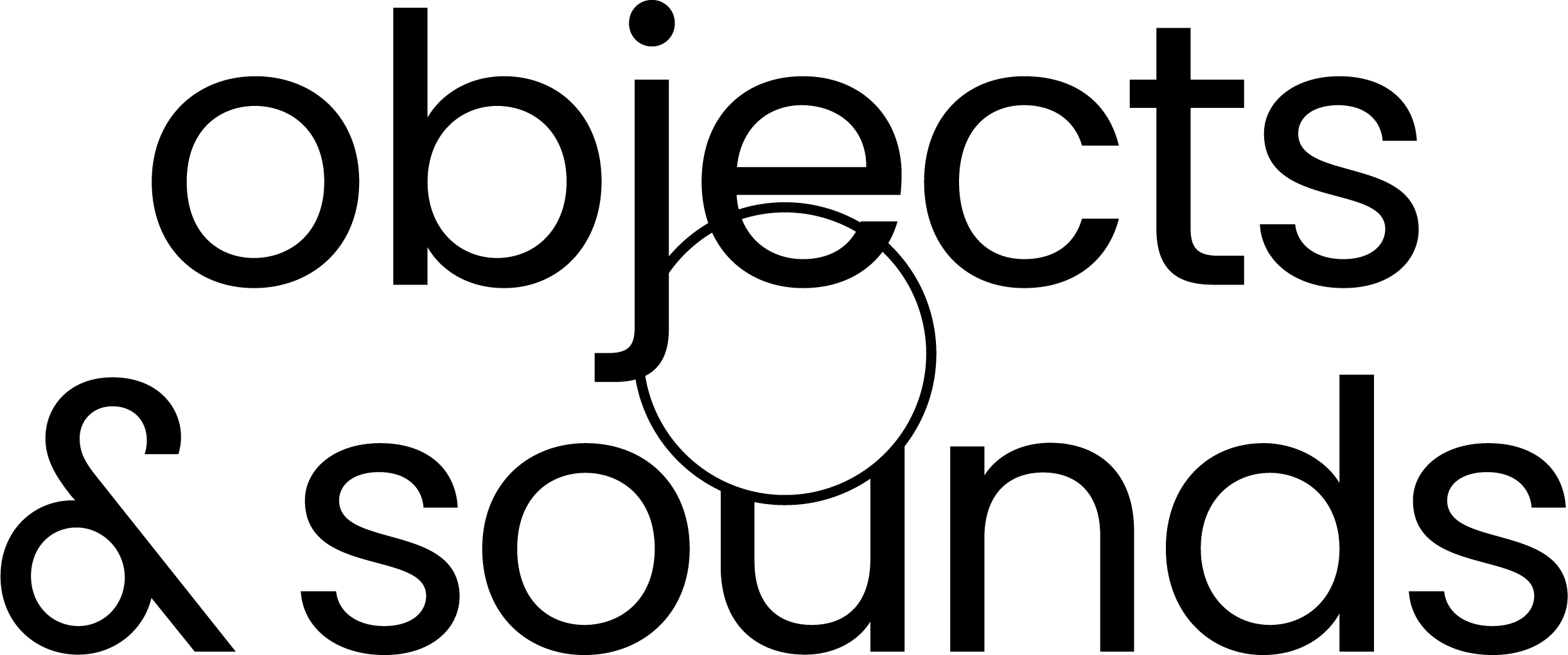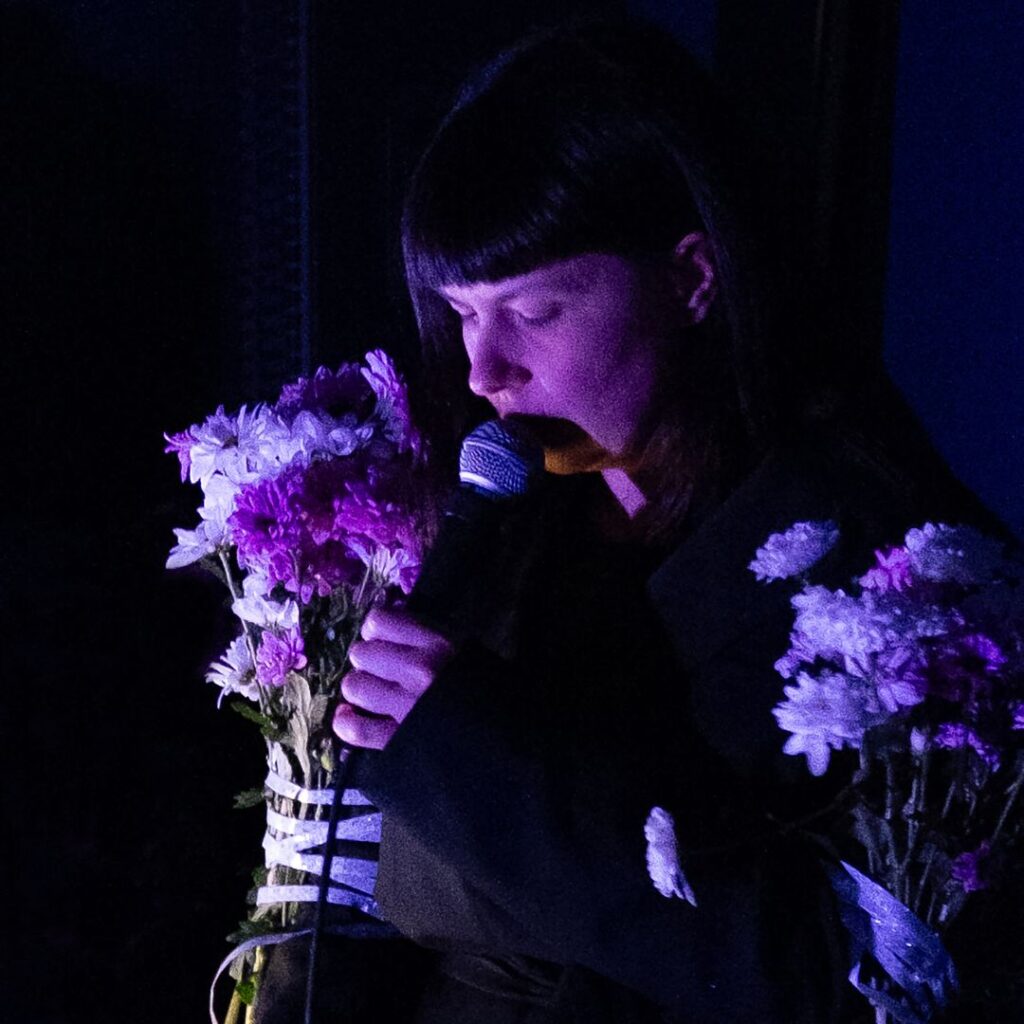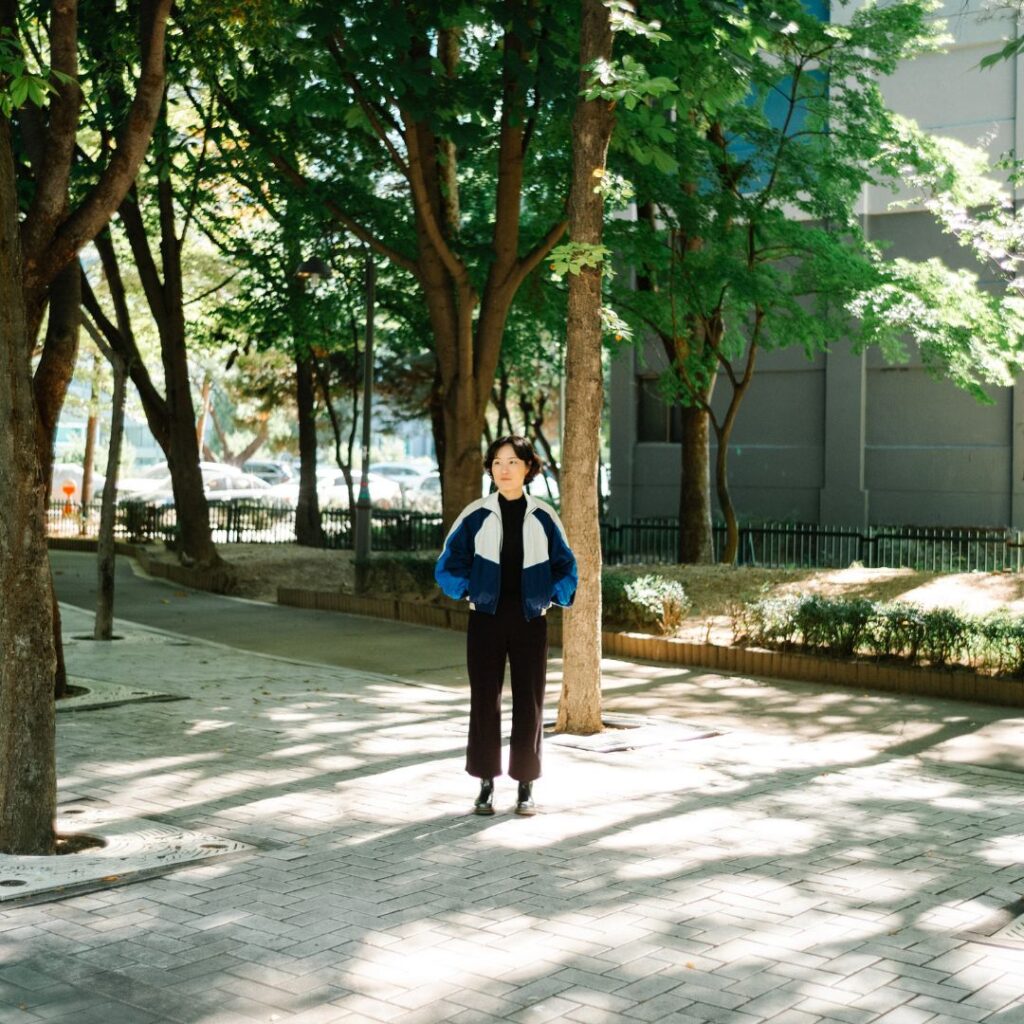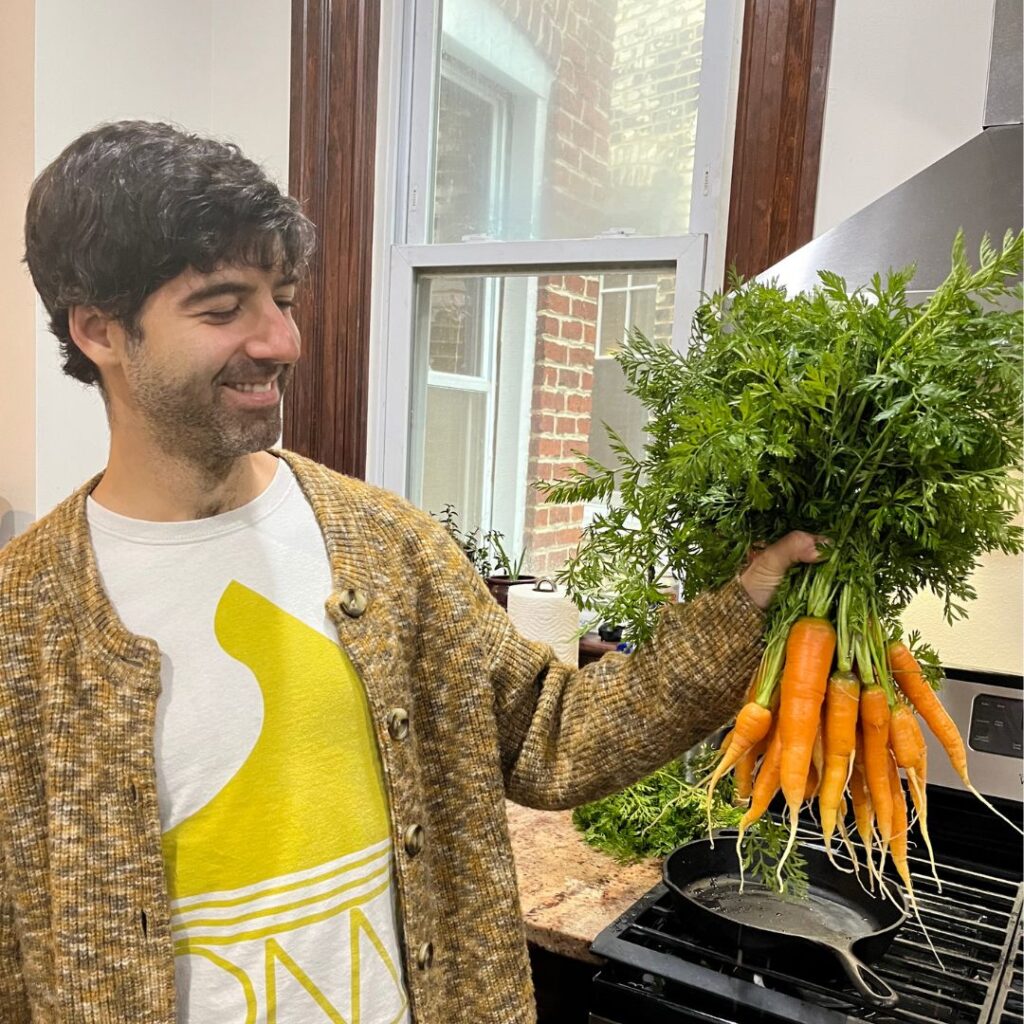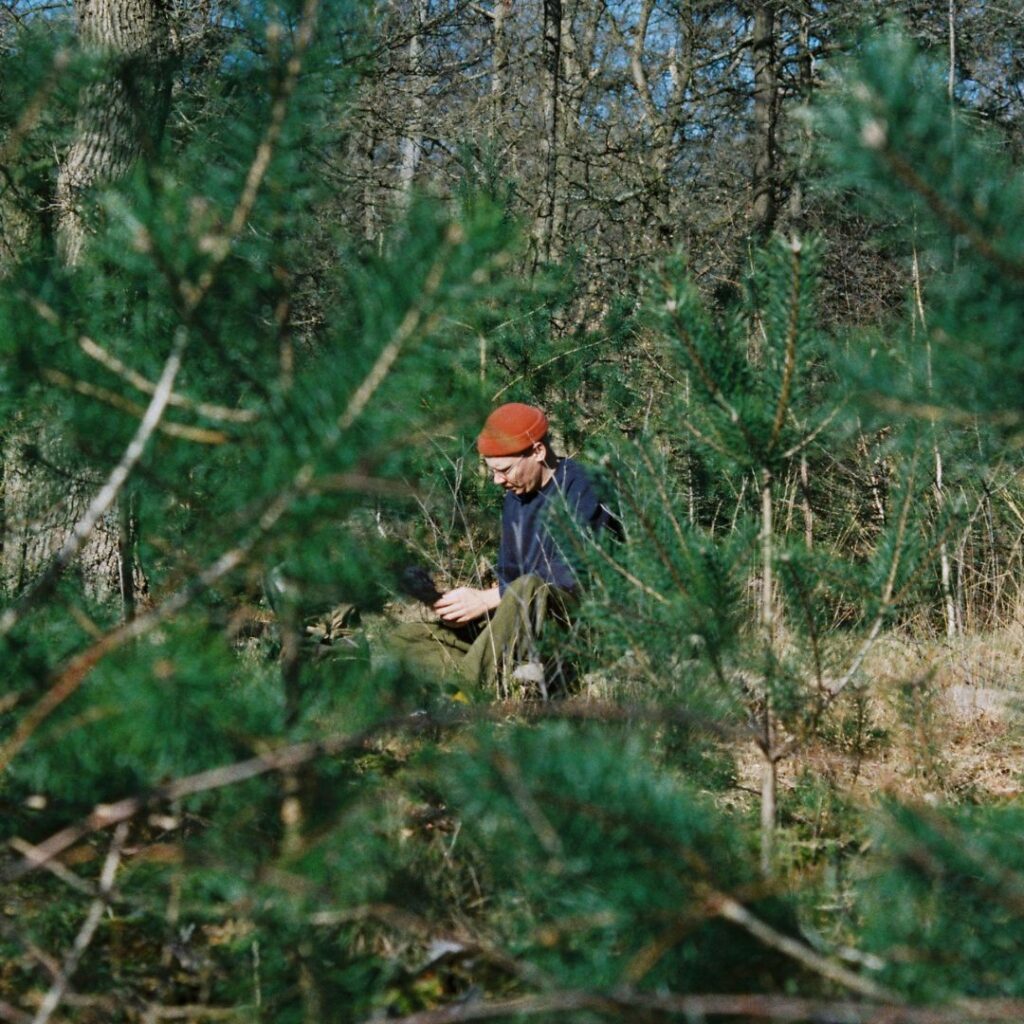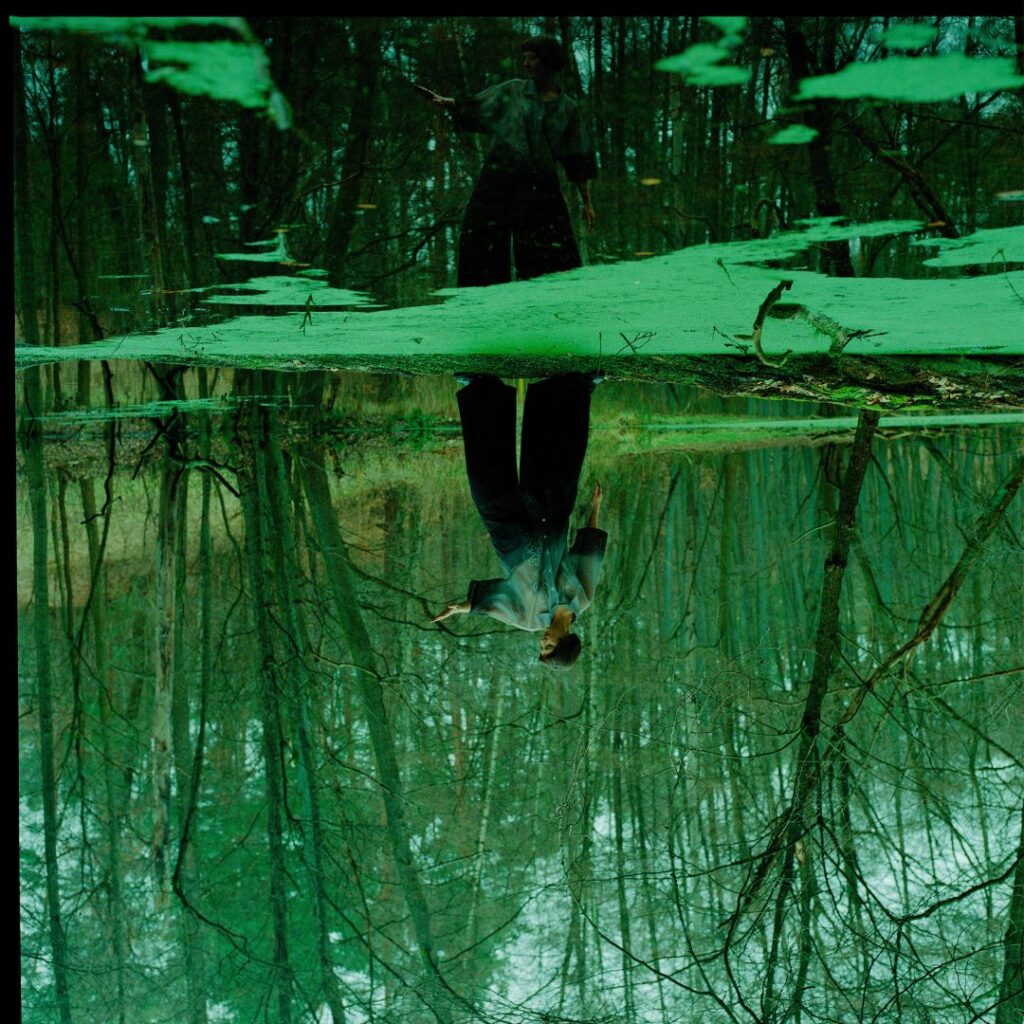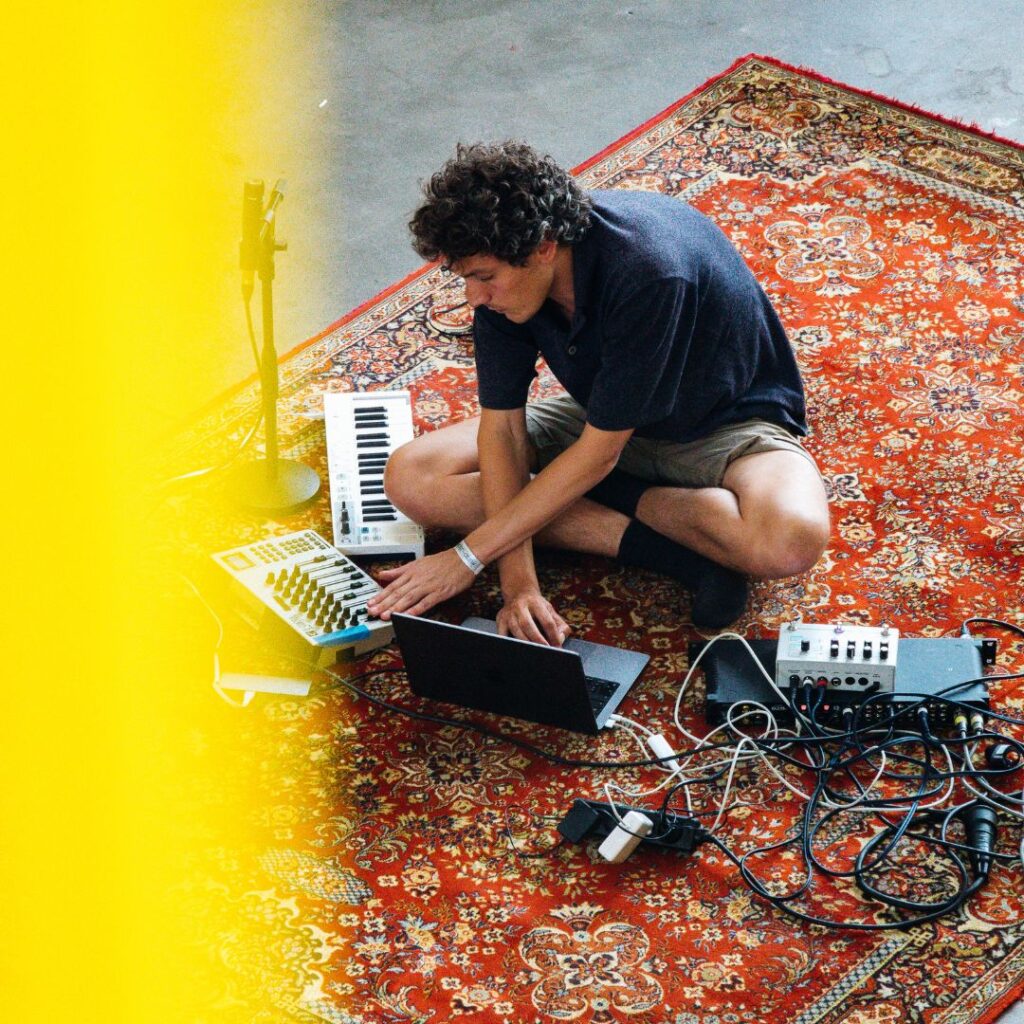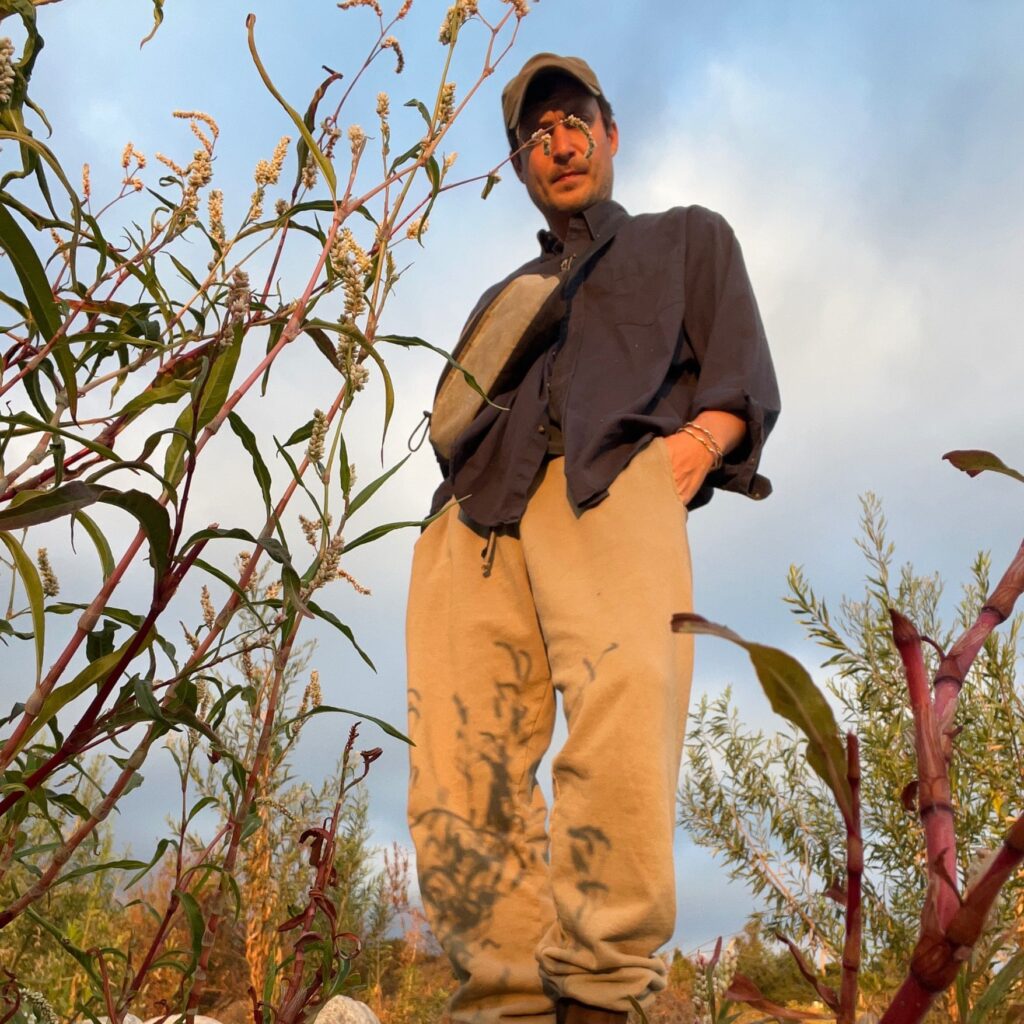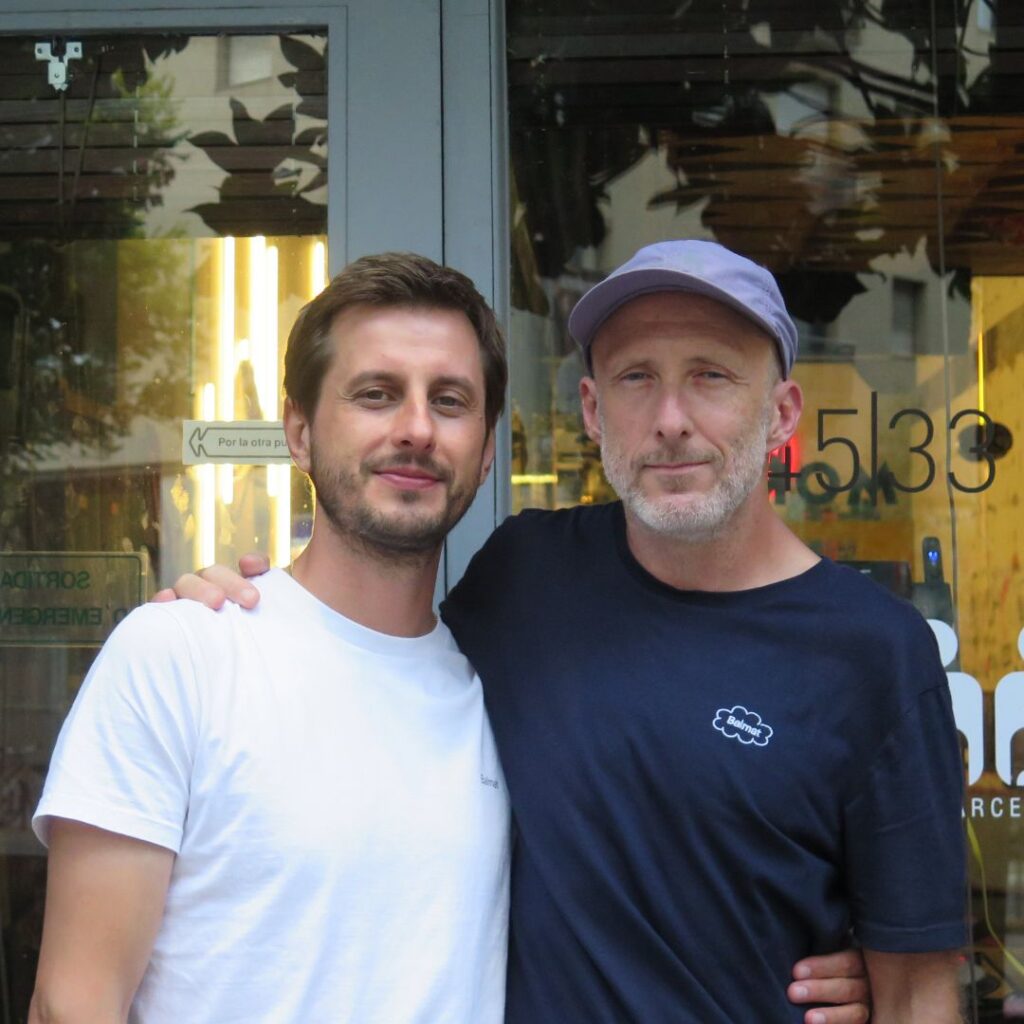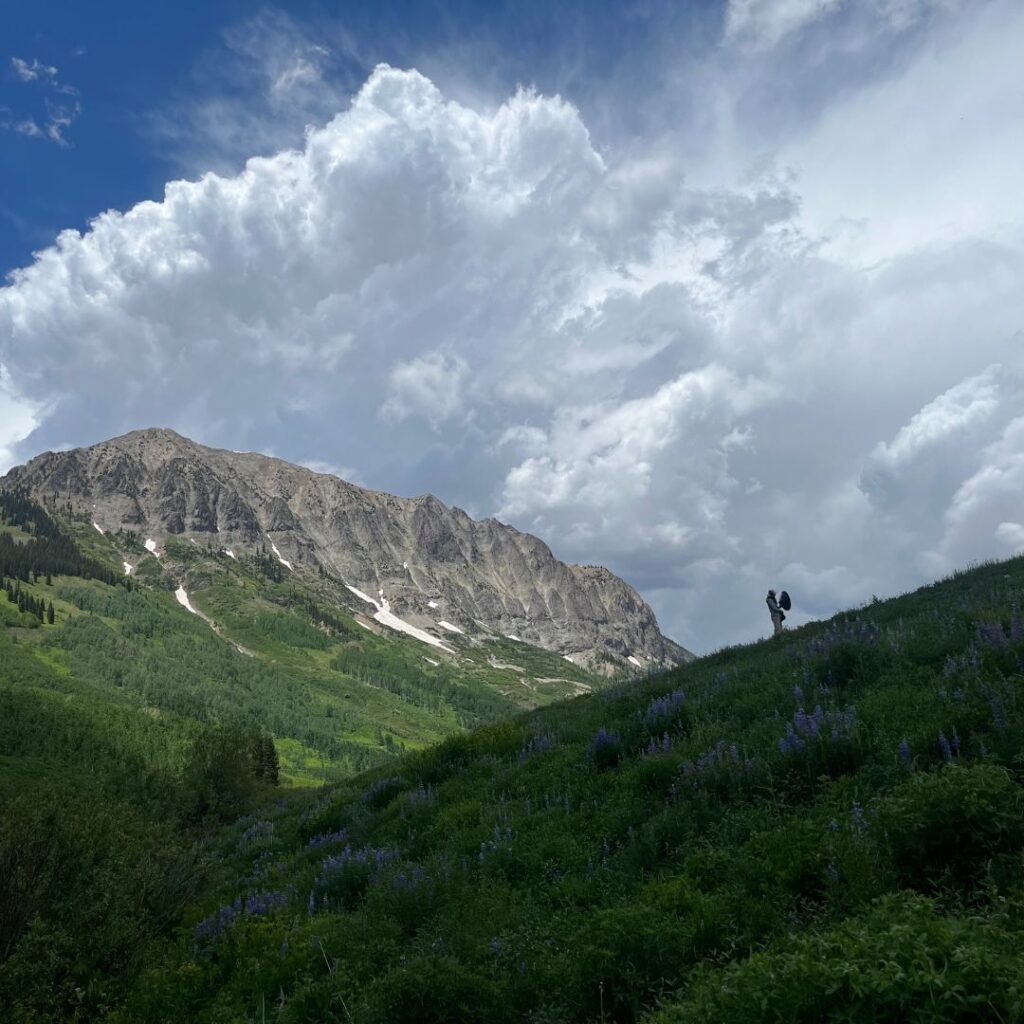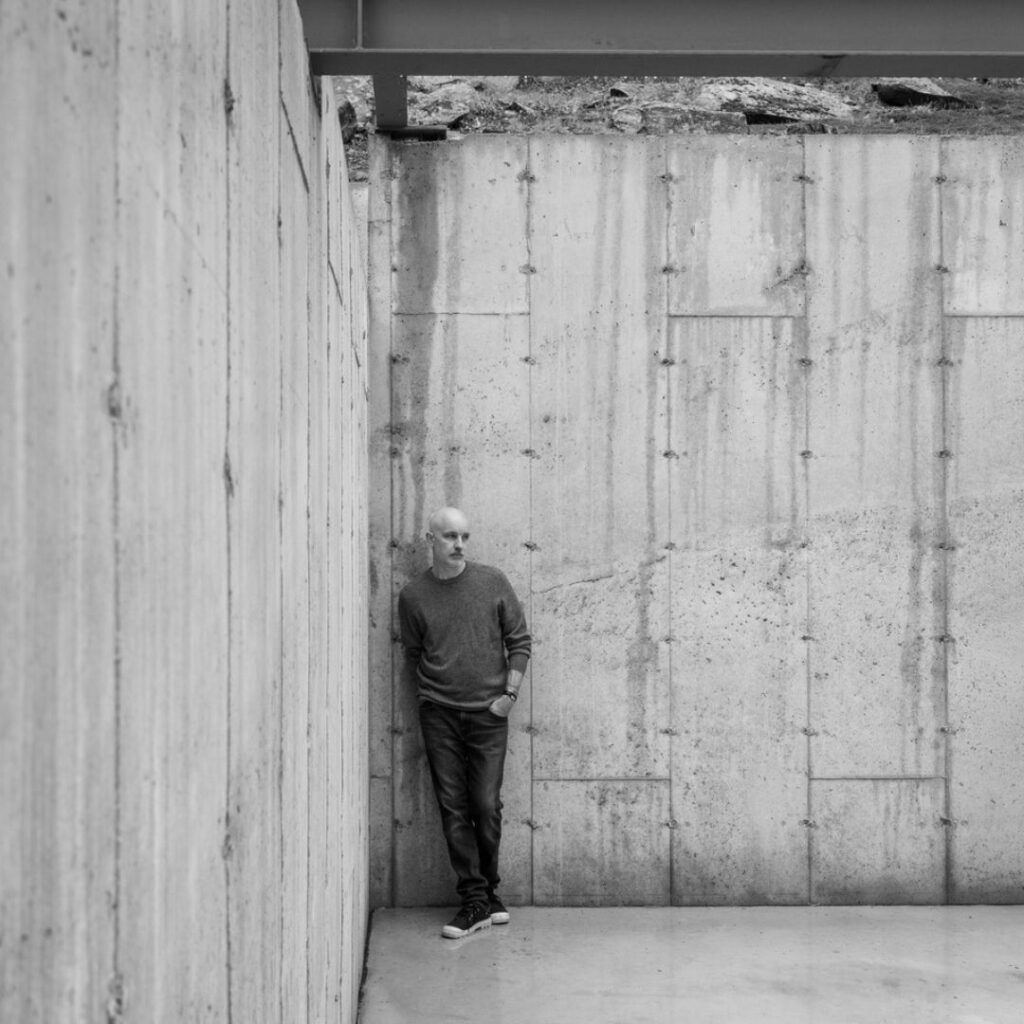navigating the musical panorama with Stefan Schneider
Our next mood talk takes us all the way to Düsseldorf. We spoke with Stefan Schneider, the driving force behind the multi-faceted label TAL. He also makes music himself as Mapstation and was part of the influential Berlin band To Rococo Rot.
With TAL, Stefan has literally travelled all around the world in search for sound — from sparking collaborations across cultures while recording folk music in Kenya & Venezuela all the way to reissuing music from Germany & Japan.
TAL has a wide variety of releases, which makes it nearly impossible to box TAL into a certain category. What is the story behind TAL and what’s the goal you want to achieve with the label?
In the early 2010s, I was often in Kenya for various recording sessions. I was involved in a project initiated by the Goethe Institut in Nairobi together with two producers, George Ouma and Tabou Susa. The idea was to bridge a gap between producers from Europe & Kenya and the goal was to record folk music in rural regions of Kenya.
The music I recorded in Kenya was totally fascinating. It was music I hadn’t heard before. A lot of the music we recorded have never been documented. We would sit for hours on end on a motorcycle with our recording equipment to meet talented female singers and male percussionists from very remote villages.
We did a few of these sessions, which were released by London-based label Honest Jon’s Records. After two releases with Honest Jon’s, I decided I would start my own label to release those recordings and that was the start of TAL. Ogoya Nengo and the Dodo women, a Kenyan group, was the first release.
What struck you the most about your visits to Kenya?
The recording process was always completely fascinating. When you record music in rural Kenya, you have to be really fast in order to capture the best takes and the best music.
At one instance, we had set the microphones up and recorded one song. Suddenly, the musicians swapped instruments in front of the microphone. Next thing we knew, the drummer was already using two larger drums.
To capture the best sound, we had to quickly change the positioning of the microphones. We were still in the middle of our sound check but the musicians already started playing. We wanted them to stop and start from the beginning for the actual recording, but they just kept playing for 10 minutes straight.
Because we missed the very beginning of the recording, we asked them to start again. But every time, they would play a totally different song.
Stefan: But it’s not the song you played before. Could you play that one again?
Group: It’s the same song, only a different version.
It ended up in laughter with everybody, but this experience really taught us to be extremely fast in recording.
There was also one time we were invited to a secondary school in Siaya, a village close to the border of Uganda. The 14-year old school kids presented three songs to us. They said, “When our teachers told us you are interested in folk music, we had no idea what that meant.” Unlike many of us who could simply just look this up on the Internet, they went back to the villages and learned how to play the music & the rhythm patterns themselves. It was one of the most touching experiences to record the interpretation of young school kids of the folk music of their own country.

What an interesting story! Clearly, TAL developed to be a label that is so much more than folk music recordings. Did you have any roadmap for the future of TAL when you first started out?
At that time, I had no idea even what the second record on TAL could possibly be.
I had no concept for the label. It’s not because I was lazy or not interested in it, but I thought I would trust myself that the label will grow like a conversation and then it will naturally flow in the right direction.
Although I must say, from the beginning, I knew what I did not want to do. I didn’t want to run a label that has a clear topic or theme. In the end, I thought that the program for the label should be similar to a radio show of John Peel.
I grew up listening to John Peel as a teenager. Düsseldorf was the headquarters of the British Rhine Army, which meant we had access to BFBS. As a teenager, I was listening to John Peel once a week. It was so interesting to me because he was able to combine the strangest music you had ever heard and give it a coherent story. What he did made total sense given his personality.
What does the name TAL stand for actually?
It is simply the name of the street next to my studio. It was the first thought that came to mind when I was about to think of a name for the label. I did not not want to have a name that has any connotation towards music. It is short and catchy like NEU!, DAF, PLAN and other legendary music projects that came from Düsseldorf.
You did some reissues as well. What sparked your interest to go down this route?
The fourth TAL release is by NON BAND and that was my first reissue. Just like the other releases that came before, it had a story behind it.
Back in 2016, I was in Osaka and I visited a fantastic record shop called Forever Records. I was on the hunt for Japanese noise records and the store owner recommended a brand new book to me about Japanese underground music. It was written by an American who has lived in Japan since the 1980’s and he probably knows more about Japanese underground music than anybody in Japan himself.
There were a few records in the book that I immediately found fascinating just from the descriptions alone. One of them was the record of NON BAND. I started looking and found just only one track of that album on YouTube. Only with that one song, I knew I wanted to buy the record. Unfortunately, I could not get hold of it.
A friend of mine in Düsseldorf runs a second hand store for many years, and I asked him if he knew where to get the record. He has never seen it before and I thought, “Well ok, if I cannot buy that record, maybe I should reissue it.”
My girlfriend is Japanese and we were able to find a NON BAND blog. We wrote the owner of the blog in Japanese and Non (Noriko Hosaka), the singer and bass player of NON BAND, replied in total excitement that I would release their record again.
Thanks to the reissue, the band got back together again, and now they are frequently playing. They are even thinking of doing a second album after 40 years. When I saw their record release show in Tokyo, I must say it was fantastic. Reunion concerts aren’t always particularly great, but this one was really good.

Next to reissues and recordings, you also produced quite some music, often in collaboration with others. One of these early collaborations was with Koshiro Hino from Osaka. Can you share more about how this collaboration came about?
I met Hino back in 2016, and we played a concert together in Kyoto and Kobe. He asked me if I could organize a concert for him in Düsseldorf. I said “Of course”. Together, we ended up playing a few concerts and eventually doing a short tour.
These concerts always consisted of a solo set from both of us with an improvised duo set at the end. The duo sets became longer and more interesting every night. At some point we decided to translate these duo sets into an EP. A bit later we also did an album.
Recently you started performing and putting out releases under the solo moniker of Mapstation. Was this a conscious decision to focus on your solo work?
Back in 2009-2010, I was actually very active with Mapstation and played a lot of solo shows. I decided to stop playing solo shows for a while because I was simply fed up with all the traveling by myself. That was not the only reason, but definitely one of the reasons back then.
I am over that period, and I actually enjoy playing solo and traveling by myself again.
I actually had some difficulties getting started again as Mapstation. I had some legal issues with regards to my previous works released in 2009. Because the label had gone bankrupt, I could not get hold of the rights of those records. In 2018, I finally got the rights back for those records and I decided to play again as Mapstation.
Oh wow – you had to fight for your own music rights?
Yes, it’s quite complicated. You have to find a lawyer that writes to another lawyer and so on. It was a very long process, although there was hardly any money involved. Luckily it’s all solved now.

You mentioned that there’s a story to every release. The artwork is also quite unique. The Hinosch EP cover looks quite intriguing and special to me, how did it come about?
Thanks! It was a collaboration with a fantastic Japanese fashion designer from Düsseldorf called Yoda. He created a record bag for the release. I knew the guy and he’s a big music lover. He came to a few solo concerts I played and he also came to a few Hinosch concerts. He was so fascinated with the music that he told me, “I am about to design a record bag that holds 10 to 12 records and doesn’t look like a DJ bag. Maybe we can do a limited edition with the bag and the record.“ And so we did.
The bags are all handmade in Japan. He gets all the fabrics in Japan, and they are made in a very small workshop. There was an initial edition of 40 of those bags that came together with the 12″ of Hino and myself.
The design of the cover I did myself. The silk screen print on the sleeve consists of photocopies of the first dummy model of the bag. I just put the bag on the Xerox machine.
It seems you have a strong link with the art world. One of the collaborations you also did before Hinosch was with the renowned visual artist Katharina Grosse. Did she design the cover of your collaboration release ‘Tiergarten’?
Yes, it’s actually a painting of hers.
When we were thinking about the cover, Katharina told me that whenever she tests her spray paint gun, she directs it to the floor which is covered with cardboards and that this sometimes leads to really interesting patterns. We went up to her studio to see a few of these cardboards which she had prepared in the size of a record and that’s how we chose the cover.
At some point, we even had a conversation about personalizing the record covers:
Katharina: What’s the edition of the record?
Stefan: 500.
Katharina: I have plenty of those cardboards. We can use 500 originals.
Stefan: That would be 500 original works by you and there’s probably going to be some art collectors who will buy the whole edition at once and then you will find them for 10,000 dollars on the art market and that’s not the idea of the record.
She very much agreed with that statement.
What’s next for TAL?
Just like everyone, we have to deal with Corona. But in general, I am keen to explore new things. Whenever there’s a crisis, it opens up possibilities for new ways of doing things.
In terms of the Corona crisis, I’m not so negative about it. I think it’s quite interesting because you have to think of new ways of bringing works or products of music across listeners.
I also took the time to work a bit more on the online marketing of the label. Often, I feel certain promoters are limited to a specific record industry. For labels such as TAL, that’s very difficult because of the diversity of the releases. The release of the record is also never the end of the project. I see it almost as the beginning. It leads to talks, film evenings or concerts and so on. That message also needs to be brought across.
The next release on TAL will be a remix record of Japanese artist Tentenko. I hope that she can come to Germany given the situation. There’s a festival in Leipzig which is not yet cancelled. Hopefully she can play there and we can organize a few more shows.
Oh and lastly, I actually opened a little temporary record shop recently. I have a studio with a very small cellar of 10-12 square meters. I never knew what to do with that cellar. In March, I decided to clean it and convert it into a record store. I never worked in a record shop before and I thought it would be fun to open its doors every two months or so.

How did you organize the records in the shop?
Oh, in a very classical way—Jazz, Reggae, Electronic, Techno. On the first day, though, I did have one section called “New & Beautiful.”
Thanks for all the stories you’ve shared with us. Final question: do you have any listening tips you can share with us?
Listen to music without headphones.
Listen to techno from outside the club.
Listen to the electric hum of a high-voltage landline on a field.
Listen to the hum of a fridge, of almost any model.
Listen to frogs in a pond.
Listen to rain on a roof.
Listen to the arpeggiator of a Novation Bass Station I.
Listen to the guitar sounds of the band Television.
Listen to the trumpets of Miles Davis on “Get up with it.”
Listen to the voice of Noriko Hosaka on the album “NON BAND.”
Listen to the music of the riverboat scene in the film “Night of the Hunter.”

